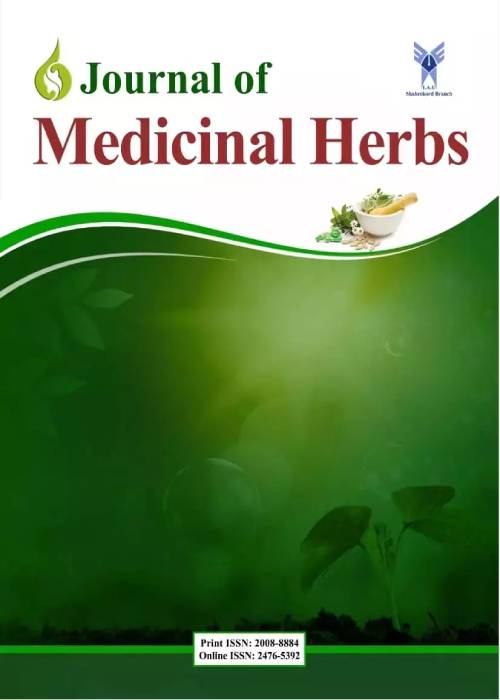Analysis of the correlation between phytochemical content and wound-healing potential of Lantana camara ethyl acetate and methanol extracts
Lantana camara, regarded as an invasive plant, is found in tropical climates worldwide. Several studies have validated its antiulcer activity which is one of the ethnomedicinal uses of L. camara. This study seeks to find the correlation between the phytochemical content and the wound-healing potential of L. camara extracts.
Experimental:
The study was conducted using spectrophotometric analysis and selected in vitro bioactivity assays; 3-[4,5-dimethylthiazole-2-yl]-2,5-diphenyltetrazolium bromide (MTT), inhibitory effect on nitric oxide production in lipopolysaccharide-activated RAW 264.7 macrophages, and 96-well plate micro-broth dilution method assay, of methanol flower (MLF), berry (MLB), leaf (MLL) and ethyl acetate flower (ELF), berry (ELB), leaf (ELL) extracts for cytotoxicity, anti-inflammatory and antimicrobial activities which support wound-healing capabilities.
The highest total polyphenolic content (TPC) was recorded in MLF and ELF extracts (34.59±3.01; 29.50±2.11, mg GAEQ/100 mg). MLF and MLB retained the highest terpenoid concentration (20.74±2.34; 20.51±1.86 mg LIN EQ/100 mg). ELB exhibited anti-inflammatory activity at 200 μg/mL. MLF and ELB were nontoxic to Vero cells, while MLL and MLB caused < 20 % cell death at all concentrations investigated. All ethyl acetate extracts exhibited potent antimicrobial activities against Streptococcus pyogenes with both ELL and ELF extracts demonstrating inhibition with MIC ≤ 0.125 mg/mL. The results showed MLF which retained the highest TPC was nontoxic whereas ELL, with relatively high alkaloid content, was the most cytotoxic extract that exhibited growth inhibition to S. pyogenes at a significantly low MIC. Thus, the phytochemical content of extracts is positively associated with bioactivity. The nontoxic, anti-inflammatory, and antimicrobial activities support the wound-healing potentials of the extracts.
Recommended applications/industries:
The high phenolic content and microbial growth inhibition exhibited could be leveraged to develop wound-healing tinctures or isolate bioactive compounds that could be developed as wound-healing agents.
- حق عضویت دریافتی صرف حمایت از نشریات عضو و نگهداری، تکمیل و توسعه مگیران میشود.
- پرداخت حق اشتراک و دانلود مقالات اجازه بازنشر آن در سایر رسانههای چاپی و دیجیتال را به کاربر نمیدهد.


